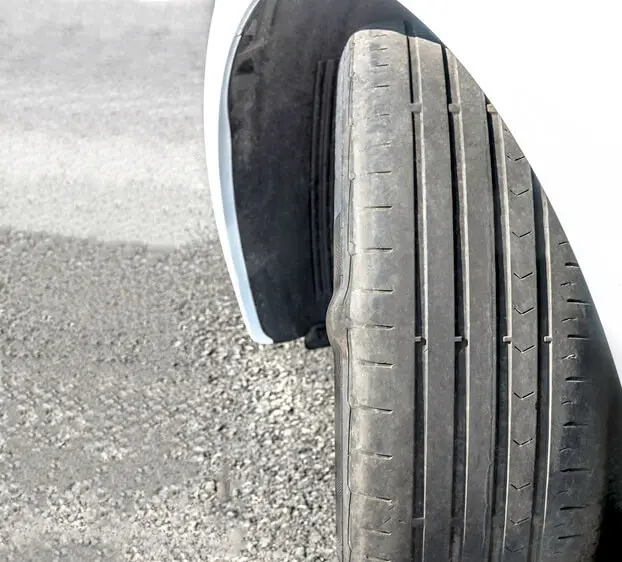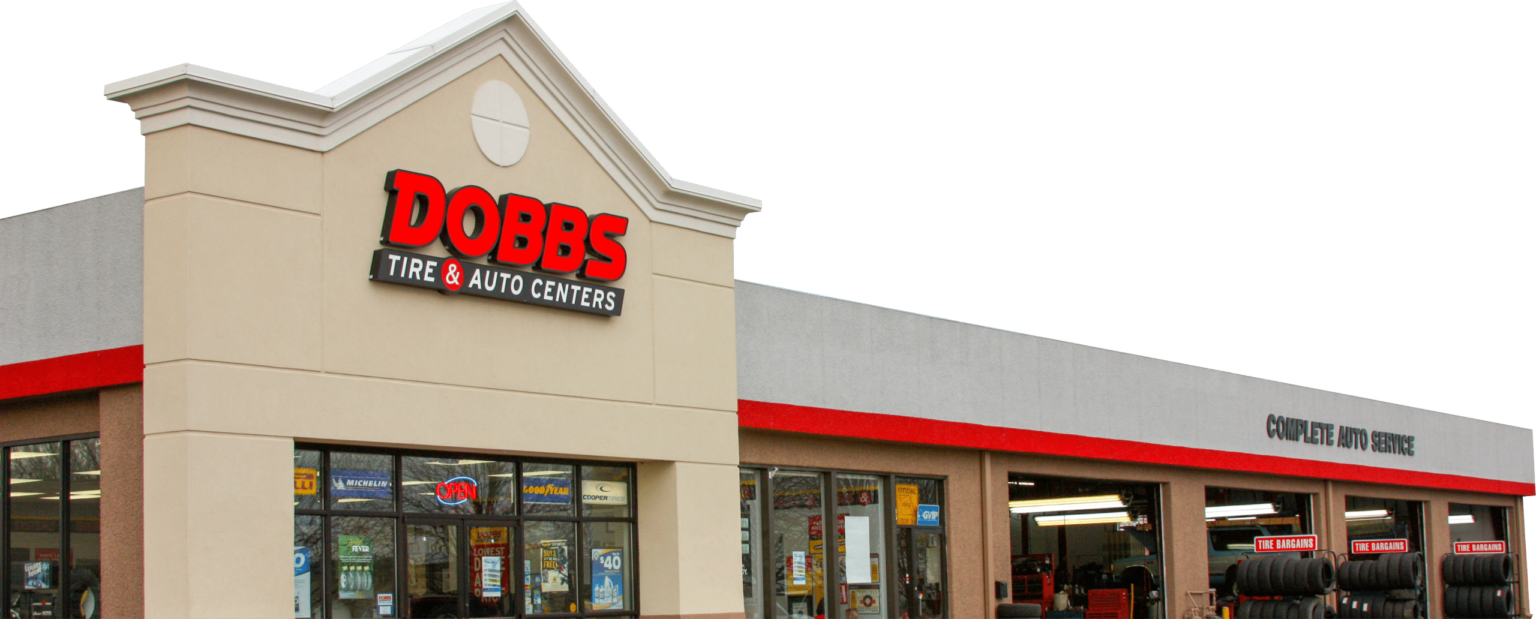Warning Signs of Tire Failure You Can’t Afford to Miss
Driving on bald, low tread or worn tires will not only cost you more at the pump but could also put you, your passengers and other motorists in great danger. Bald tires can lead to hydroplaning on a wet road. Lack of tread leaves you without the ability to brake efficiently or gain traction in the snow. Worn tires can lead to the loss of air pressure and result in punctures or sudden blowouts. Cold temperatures can lower your tire pressure significantly. Did you know that tire failure causes about 11,000 crashes each year? According to the (NHTSA) National Highway Traffic Safety Administration and transportation:

- Only 19% of consumers properly check and inflate their tires.
- 1 in 4 cars have at least one tire that is significantly under-inflated.
- Tires lose about 1 psi (pound per square inch) of pressure each month.
- Proper tire inflation can save you 11 cents per gallon on fuel and can extend the average life of a tire by 4,700 miles.
Here’s what you need to look for to stay safe on the road:
- Tire Warning Light: Most vehicles newer than 2007 have a warning sensor that will notify you when the pressure too low. If you have a tire gauge, you can locate your vehicle’s suggested PSI (pressure per square inch) and test each tire, or get it checked out by a professional.
- Bulges or Cracks: When tires lose pressure, they bulge at the sides under the weight of your vehicle. You may also see cracks in the sidewalls or strange bumps. When in doubt, get it checked out!
- Thumping and Shaking: If you feel shaking on a clear road, thumping below you or your vehicle wanting to veer left or right, it may mean there’s an issue with the pressure, balance or suspension. In any event, get it checked out right away.
- Uneven Wear: Pressure that’s too high (over-inflation) can lead to wear down the middle of your tire, and pressure too low or (under-inflation) can cause wear along the sides. This can also be caused by bad alignment.
- Low Tread or Cords Showing: One way to check your tire tread at home is to use the Penny Test. Place a penny into your tire’s tread with Lincoln’s head facing you and upside down. If all of Lincoln’s head is visible, it’s time to replace your tires. This means that the tread depth is less than 2/32″. However, it is recommended that you replace your tires at approximately 4/32″, especially when rain or slushy snow is a factor. If you ever see cords showing, replace them immediately!
Knowing the symptoms is important but correcting the cause early on can be critical. A trip to your neighborhood Dobbs will keep you safe on the road with the confidence you deserve!
